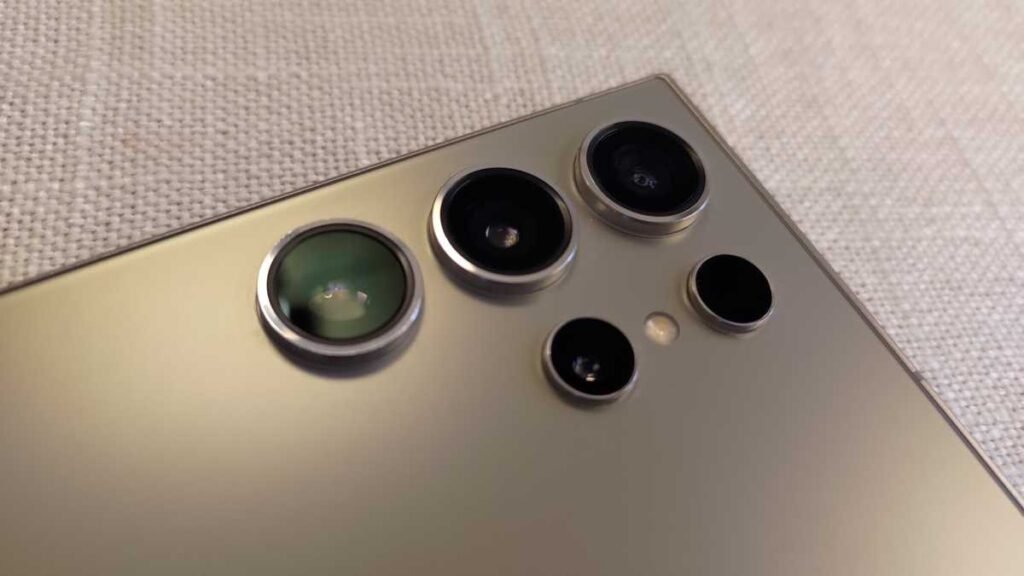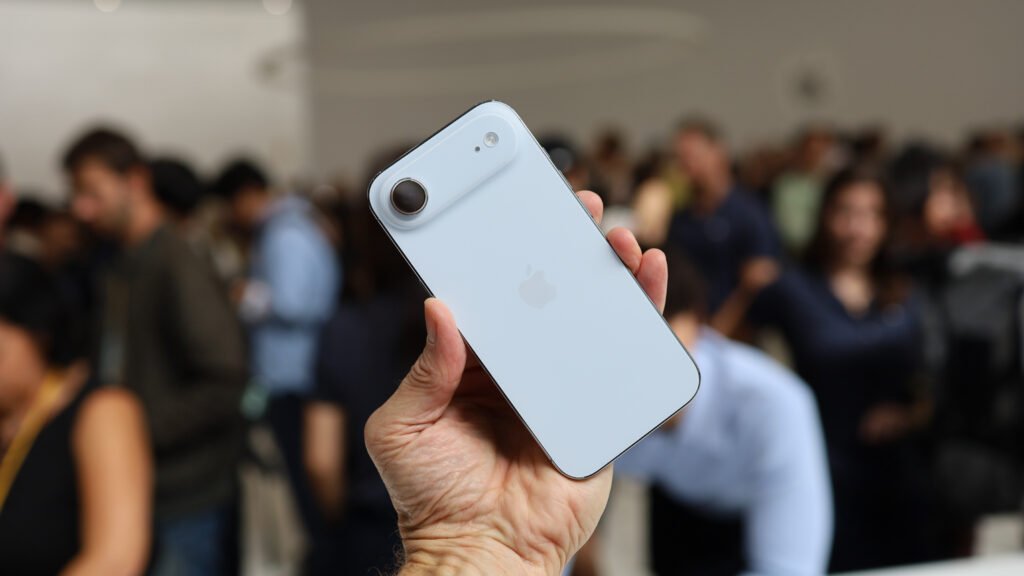On my iPhone, I use Apple Mail. On my Nothing Phone, Gmail. On my MacBook, Apple Mail again. They work fine. But most of my emailing happens on my Windows PC—and that’s where I’ve been miserable.
I really don’t like Outlook. Windows Mail was okay, but it’s now part of the long list of apps that Microsoft killed. Outlook is bloated, slow, nags me to re-authenticate, and worst of all, litters my inbox with ads. Ads. In my inbox! It’s infuriating.
I’ve tried to move on. Thunderbird was fast and ad-free, but it looked dated and was overloaded with features. Mailbird’s free version only supports a single account, which completely defeats the purpose of needing an email client in the first place. I gave up on apps and fell back to web clients, which have been an overall mess.
What I really wanted from an email client was simple: a Windows email client that’s clean, modern, lightweight, fast, and free. In other words, a free and open-source client.
And finally, I found one. It checks every box. For me, it’s perfect.
Meet Mailspring
Open-source is always the answer
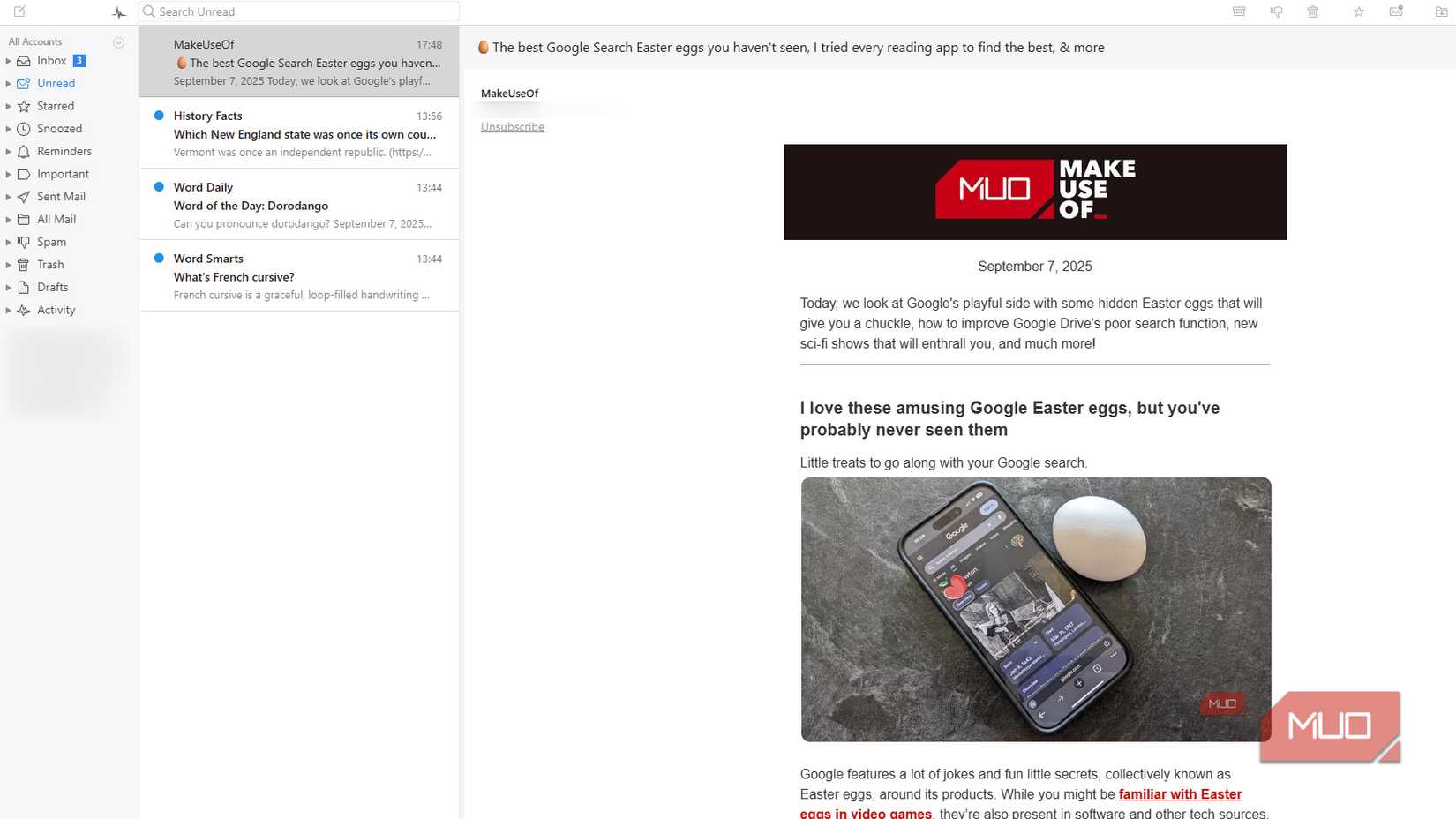
I stumbled upon Mailspring. When I landed on their site and spotted the GitHub link, it felt like a badge of reassurance. To me, a GitHub link on the homepage usually means two things: the project’s open-source, and it’s worth taking seriously.
Mailspring actually grew out of Nylas Mail. Nylas launched back in 2015, but by 2017 the team had stopped maintaining it. One of the original developers forked the project, kept it alive, and that’s what became Mailspring. That’s enough philosophy and backstory. Let’s talk about the app itself—but first, know this: I’m very happy that the email client that finally stuck for me is also open-source.
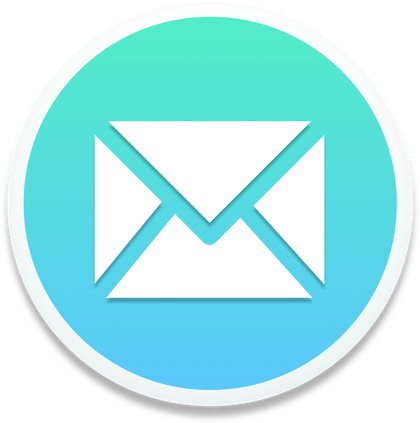
- OS
-
Windows, Linux, macOS
- Developer
-
Foundry 376
This is what an email client should feel like
Mailspring is easier to setup than Outlook
When you first install Mailspring, it asks if you want to create a Mailspring ID. It’s optional and powers extras like link tracking. I know that doesn’t feel super “open-source,” but it’s harmless. (There’s another surprise along those lines, but I’ll get to that later.)
Once that’s out of the way, you add your inboxes. It is legitimately easier to add an Outlook email to Mailspring than it is to add it to the Outlook client itself. No joke. Mailspring opens a tab in your default browser, and if that fails, it also provides the authentication link so you can paste it manually.
Outlook, on the other hand, uses a built-in mini browser. Your password isn’t saved, so every login is likely to hit you with a 2FA prompt. Mailspring handles it far better.
Mailspring is as clean as it gets
They’ve nailed the design
Mailspring strikes the rare balance between form and function. It looks sharp, and it’s lightning-fast. That matters to me because one of my biggest gripes with Windows apps—especially the train wreck that is the Settings app—is that they look modern but crawl like molasses. Outlook suffers from the same problem. Mailspring doesn’t. It feels snappy and responsive, like Thunderbird, but with a sleek, modern design. Best of both worlds.
It also comes with shortcut profiles. If you’re used to Gmail shortcuts, you can switch to that instantly or build your own custom set. Viewing modes are flexible too. And yes, there’s dark mode. Real dark mode. Even emails with blinding white backgrounds get inverted, so you’re not stuck staring at a glowing rectangle in the middle of your screen.
Mailspring has some built-in themes, but it also provides a theme builder to create your own. The community forums also host user-made themes. When I visited the community forums, they were flooded with bot spam. For a moment, I worried Mailspring wasn’t being maintained, but the posts were only a few hours old, so they were likely just waiting on a moderator. I also noticed the copyright notice on their site still says 2020, which didn’t help my worries. But their latest release was in July 2025, so the project is active. It’s just the kind of small housekeeping that open-source projects sometimes leave behind. Nothing to worry about!
Mailspring has all the essentials
and some extra essentials too
Whatever you need from a mail client, you’ve got it here. Scheduled send, folders, labels, rules, you name it. It even has a signature designer, which I really appreciate. You can set your signature for each address, and it looks really polished.
On top of the basics, Mailspring adds genuinely useful extras like read receipts and link tracking. One of the worst parts of email follow-ups is not knowing if someone read your message and ignored it, or if it just got buried. This is the fix. With a single click, you can toggle tracking. It’s on by default, and I left it that way.
So, we’ve got some extra features here b they extras don’t feel like bloat. They’re not in your face. They just work quietly in the background. That’s what I call a good feature.
Mailspring does have a paid subscription plan
That’s not very open-source of you, Mailspring, but it’s okay
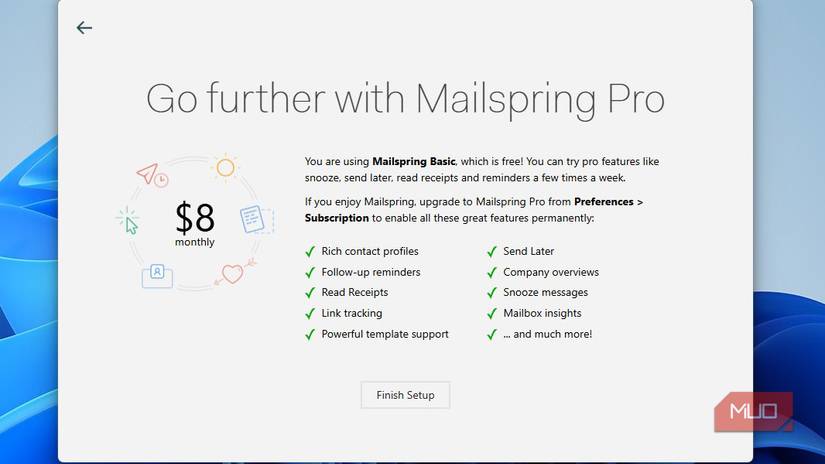
On the first day, I was surprised to see a prompt to get Mailspring Pro. This is a subscription that costs $8 monthly. I felt cheated and defeated—this isn’t really free after all. But after a week of use, I’ve never been nagged to upgrade. There aren’t any locked buttons or grayed-out menus making you feel like you’re “missing out” without Pro.
So what does Pro actually offer? Mostly the “extras” I don’t care for. Things like AI-based send-time optimization, mailbox insights, and a more advanced template system.
All cool features, and if you’re a power user, maybe worth it. But I like my email client to do what it’s supposed to—nothing more. Still, I get it. A project without funding is at risk of being abandoned, and AI features cost money to run. Free software is one thing, but you can’t expect free services on top of that. Obsidian is free too, but cloud sync requires a subscription. I pay for Obsidian Sync gladly because Obsidian never tries to shove it down my throat.
So far, Mailspring has been great. Honestly, my quality of life went up the moment I stopped opening Chrome tabs just to check my inbox. My only real complaint is the lack of network settings for proxies. It defaults to system settings, which is fine for most people, but I use proxies regularly and would’ve liked that flexibility built in.
Mailspring runs on Windows, macOS, and Linux. Wherever you are, it’s got you covered—but I’m especially glad it’s on Windows, because Outlook really sucks. Thank you, Mailspring. I hope you stick around and thrive, so we can see even more plugins and themes from the community.





